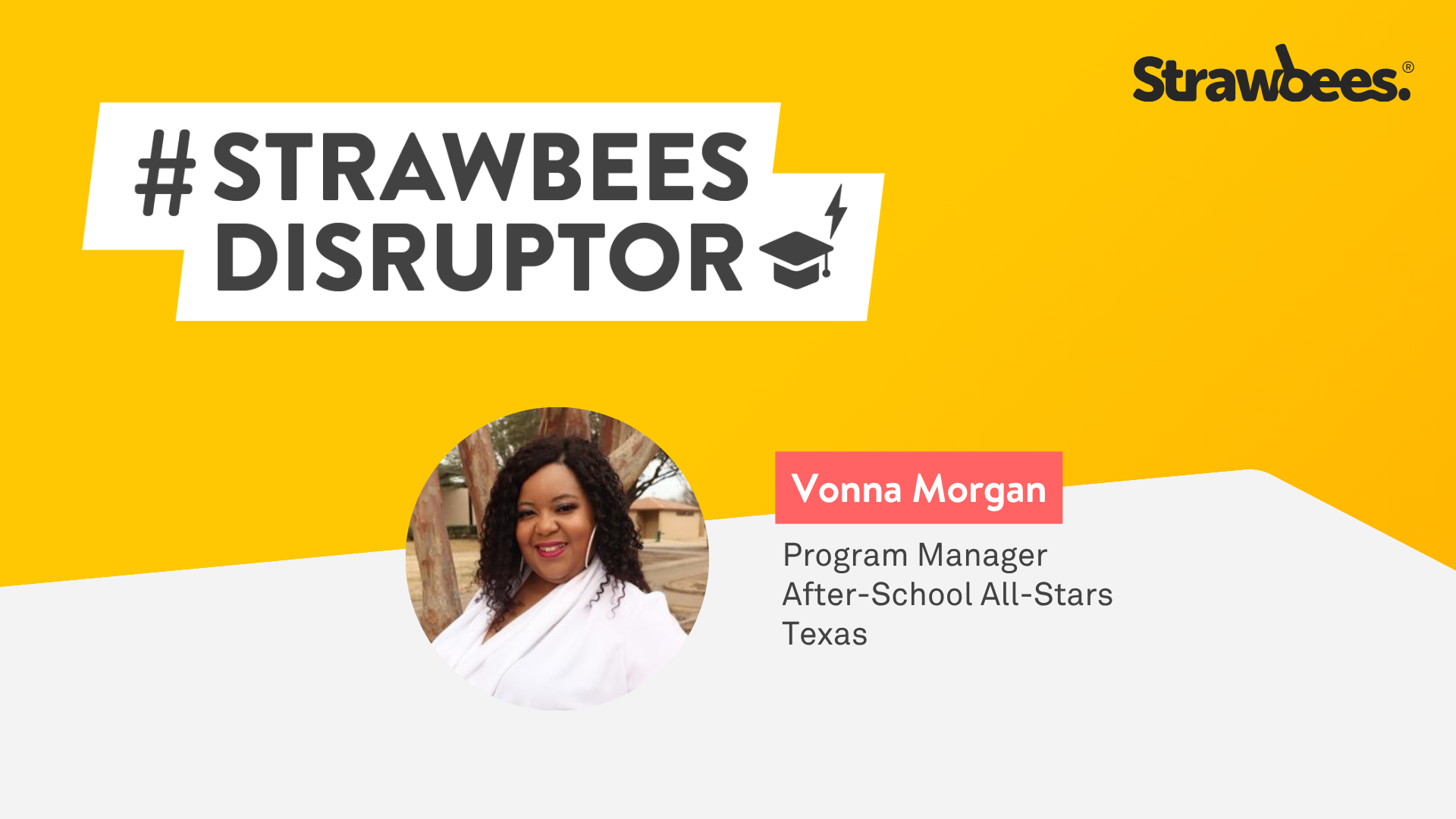Expanding Learning Beyond the Classroom
After-school programs provide valuable opportunities for students to engage with STEM (Science, Technology, Engineering, and Mathematics) in a hands-on, exploratory environment.
By incorporating STEM into these programs, educators can foster curiosity, improve problem-solving skills, and prepare students for future careers in STEM fields.
These informal learning settings allow students to apply concepts in creative ways, encouraging collaboration and innovation.
Three Key Benefits of Implementing STEM in After-School Programs
There are many reasons to implement STEM education in after-school programs but we've highlighted three primary reasons below including enhancing hands-on learning and creativity, providing equitable access to STEM opportunities, as well as encouraging collaboration and social development.
Reasons to Implement STEM in After-School Programs
Enhancing Hands-On Learning and Creativity
What we know:
- STEM activities in after-school programs can provide experiential, iterative, and project-based learning that deepens understanding.
- Engaging in robotics, coding, and engineering challenges encourages problem-solving and critical thinking.
- Research from the Afterschool Alliance shows that these programs teach and strengthen 21st century skills such as teamwork and communication.
Providing Equitable Access to STEM Opportunities
What we know:
- After-school STEM programs bridge the gap for the underrpresented students, ensuring access to hands-on STEM education.
- These programs serve as a gateway to STEM careers by exposing students to real-world applications.
- According to a study by Duke University, students who have a higher dose of STEM experiences through things like after-school programs consistently performed better than those who had fewer opportunities.
Encouraging Collaboration and Social Development
What we know:
- Team-based STEM challenges enhance communication and teamwork skills.
- Students gain confidence in problem-solving through trial and error in a low-stakes environment.
- According to research from the International Journal of STEM Education, youth who participated in STEM programs reported an increase in 21st Century skills including collaboration, critical thinking, and more.
STEM in After-School Programs with Strawbees
Strawbees has had a significant impact on STEM in after-school programs. Our hands-on, innovative approach to teaching STEM empowers students to build, create, and collaborate—skills that are essential for their future success.
After-School All-Stars
"My target became finding curriculum that would span all different age groups, even if they were the same room. They should be getting the same type of lesson, even if it's on several different levels."
Hear from Vonna Morgan, Program Manager of After-School All-Stars, a non-profit free and comprehensive program where she is responsible for ensuring it has a solid STEM curriculum throughout K-12 grade levels.

What Educators Say
Here’s what teachers and educators are saying about their experiences:
“Strawbees not only holds up but it can be in the same rooms as some of our other curriculum. It yields to other activities and mentorship."

Vonna Morgan
Program Manager, After-School All-Stars
“Strawbees is very hands-on so it doesn't alienate kids regardless of their learning ability. Strawbees gives kids different ways to figure out how to solve a problem."

Andrew Harvey
Pre-K-12 Teacher, Dublin City Schools
"(Strawbees) has versatility because it can be used in so many things. We have a summer STEM camp, Gifted and Talented, in a library, a regular classroom. I don't think it's pigeonholed to one level."

Holly Landez
Director of Digital Learning
After-School STEM Grants
Finding funding for STEM and STEAM education can be challenging, but there are a range of grants and funding sources to support hands-on learning initiatives for after-school programs wanting to implement STEM lessons.
The federal government can offer funding to support STEM initiatives in after-school programs, helping cover curriculum development, equipment, and professional training.
Some useful resources include:
Corporations across the country fund after-school STEM initiatives to support innovation, hands-on learning, and career readiness.
Examples of national-level grants include:
How We Can Help with Grant Applications
If you're looking for funding to bring hands-on STEAM learning to your students, we do have a grant writing webinar you can watch to help support you.
Next Steps
Integrating STEM into after-school programs provides students with valuable opportunities to explore, create, and innovate beyond the traditional classroom.
These programs help build confidence, teamwork, and a passion for STEM that can lead to future academic and career success.
At Strawbees, we offer dynamic STEM learning tools that empower after-school educators to create engaging, hands-on experiences. Explore how our solutions can enhance your after-school program today!

